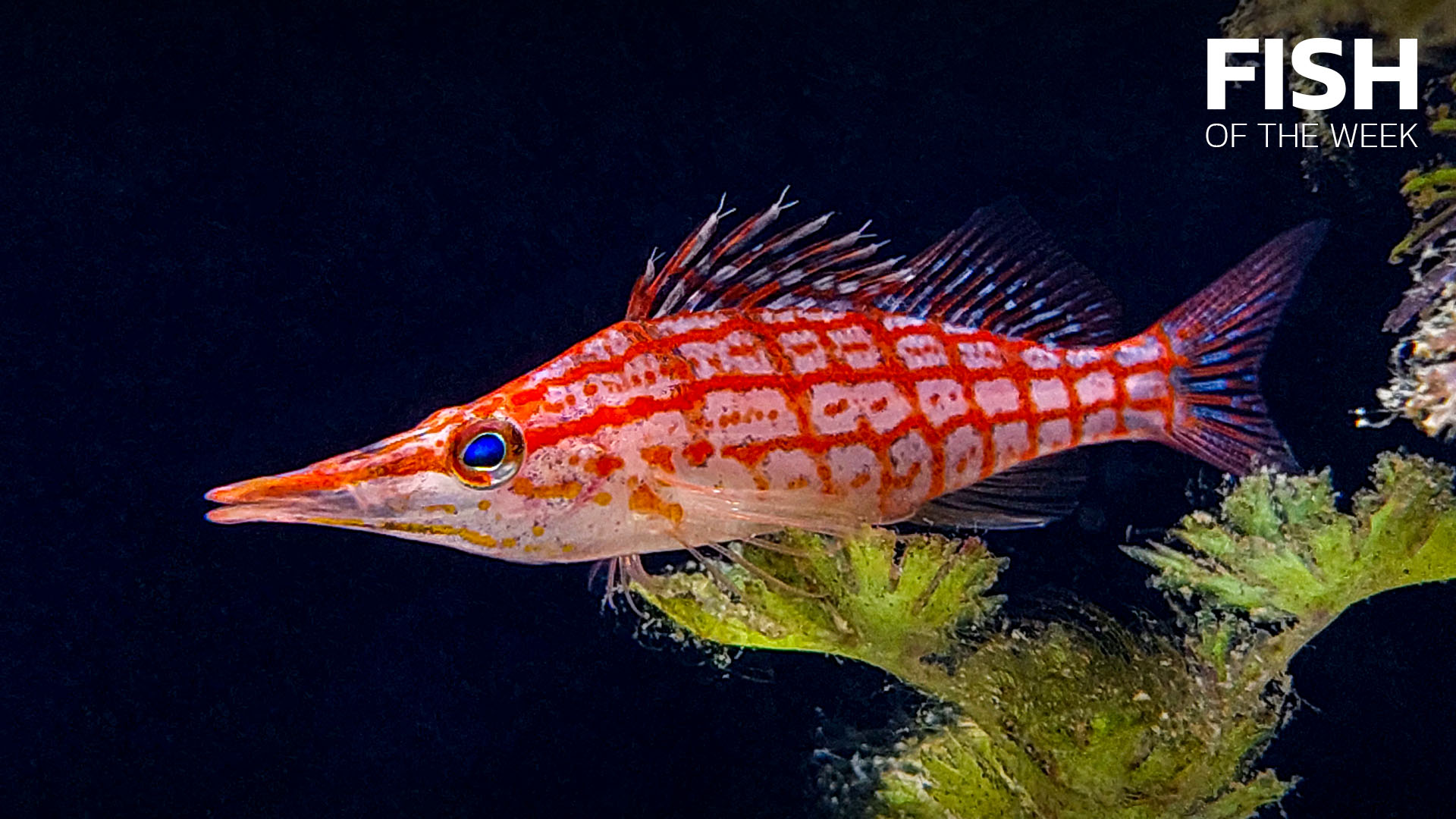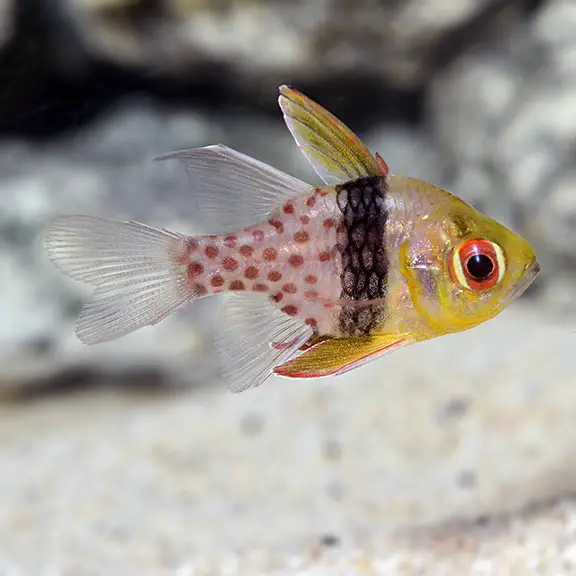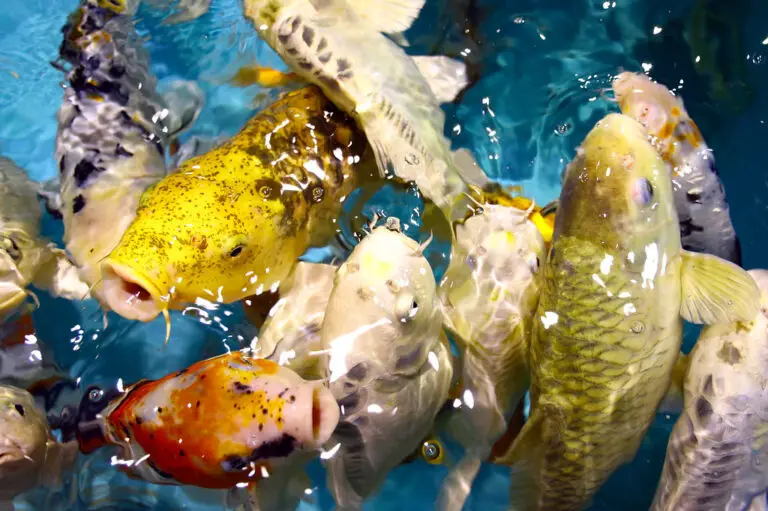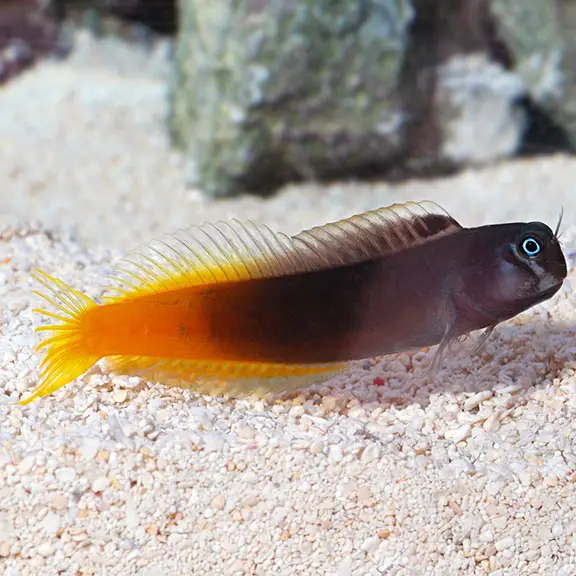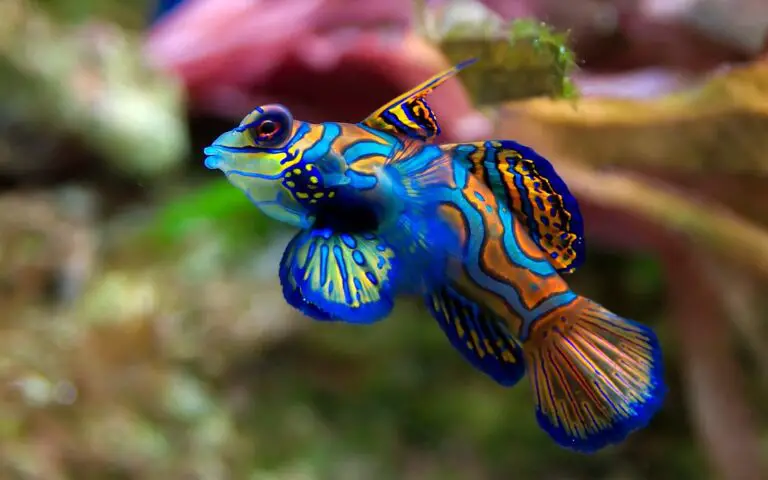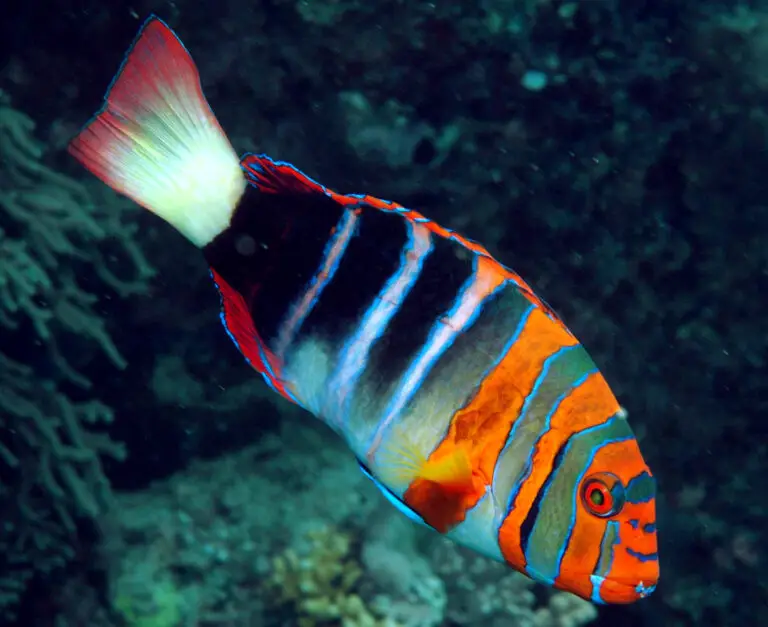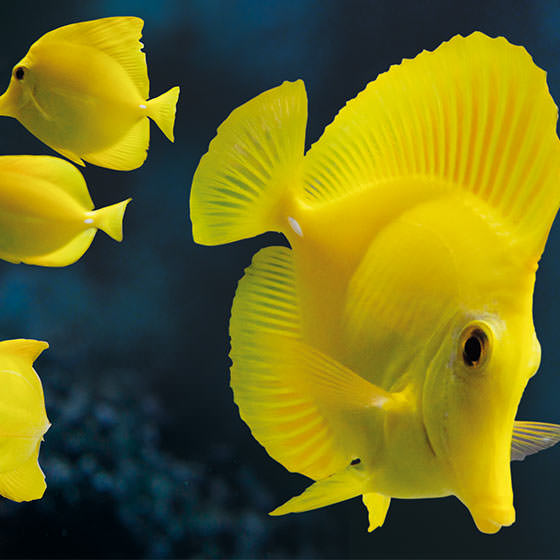Longnose Hawkfish: Exploring the Graceful Predator of Saltwater Aquariums
Longnose Hawkfish, scientific name Oxycirrhites typus, is one of the most captivating marine fish species you can curate for your home aquarium. With their unique looks and engaging behavior, Longnose Hawkfish have endeared themselves to aquarists the world over. In this comprehensive guide, we will explore the intriguing world of Longnose Hawkfish, from their physical traits to tips on creating the ideal living space in your saltwater tank.

Physical Characteristics
Standing out with a slender body and a conspicuously elongated snout, the Longnose Hawkfish is a vision of grace in motion. Their bodies are commonly a blend of white and orange, with a distinct black marking over their eyes. These colorful features are not just for our enjoyment; they provide this species with effective camouflage in the coral reefs they call home. Longnose Hawkfish are typically small in size, growing up to 5 inches in length, making them an ideal fit for most hobbyists’ marine tanks. Their pectoral fins are large and allow them to perch easily on rocks and corals, observing their surroundings with keen eyesight. Despite their somewhat fierce name, these creatures are predatorial but rarely aggressive towards human observers.
Behavior and Habitat
In their natural habitat, Longnose Hawkfish can be found in the tropical Indo-Pacific oceans, usually dwelling at depths between 10 to 100 feet. Unlike other fish that prefer to school, these species are generally solitary, only pairing up during mating season. Interestingly, they get their name from their hunting tactic, where they perch on a coral branch or rock and survey their territory, much like a bird of prey. When they spot their target, typically small crustaceans or fish, they pounce with surprising agility for a swift and silent capture.
Acclimating this species to a tank environment can sometimes pose a challenge, as their initial shyness might cause them to hide. However, with the right conditions and patience, Longnose Hawkfish can become rather bold, exploring the nooks and crannies of their artificial home with confidence.
Feeding Habits
Providing the right diet is crucial for the health and vitality of your Longnose Hawkfish. Although known to be carnivorous, their reluctance to accept food in the early stages of acclimatization requires a varied approach. Offering live or frozen brine shrimp, mysid shrimp, and other meaty foods is often successful in luring them out of their shells, so to speak. Gradually, you can introduce them to a diet that includes flakes and pellets made for carnivorous marine fish, ensuring that they receive a balanced intake of nutrients.
Observing their hunting prowess during feeding time can be a stunning spectacle for aquarists. Ensure their prey is appropriately sized, as they won’t take on a food they can’t swallow whole. Overfeeding can also be a concern with this species, as it can lead to health issues, so portion control is key.

Compatibility with Other Fish
One of the crucial aspects of incorporating a Longnose Hawkfish into your aquarium is understanding their compatibility with other marine life. Due to their solitary nature, it’s best to house them in a species tank or with fish of similar temperament. They are generally reef-safe, but caution should be exercised if your reef contains very small invertebrates that they might confuse for food.
Aggressive tank mates are a big no-no since Longnose Hawkfish, while not particularly aggressive themselves, may become targets of bullying. Instead, choose calm, community-dwelling fish that won’t outcompete them for food. Popular pairings include other hawkfish, dwarf angelfish, and other docile species that won’t attempt to assert dominance in their shared environment.
Aquarium Setup Tips
To create a comfortable and safe home for Longnose Hawkfish, your marine aquarium should mimic the environment of a coral reef. This means plenty of live rock and coral formations that provide ample hiding spots and perches. The tank should be a minimum of 30 gallons with a secure lid, as these curious creatures may try to explore outside the confines of your tank if given the chance.
A well-circulated tank with moderate lighting, which is the typical setting of their natural habitat, is ideal. The water quality is paramount, with stable temperature and salinity levels. Since they are not aggressive, you don’t need to focus on creating territories within your tank; instead, plan for a setup that promotes mobility and exploration.
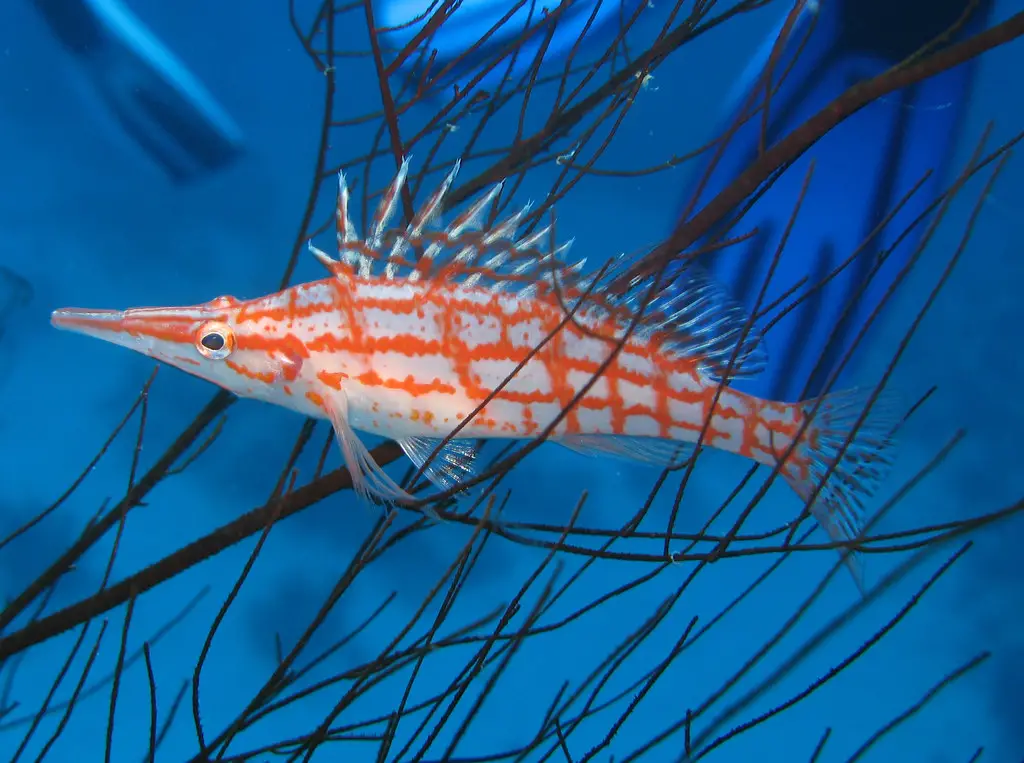
Maintenance and Care
Caring for a Longnose Hawkfish involves regular maintenance of their ecosystem. Weekly water changes are a must to keep the water pristine. Along with maintaining the proper pH, and salinity levels, ensure your tank has a good filtration system that doesn’t create too much water movement, as excessive current can stress this species.
Another crucial aspect is keeping an eye on their health. Look out for signs of distress, such as loss of color, a reduction in appetite, or unusual spots on their bodies. If you notice any such signs, it’s best to isolate them in a quarantine tank for closer observation and treatment if necessary.
With the right care, Longnose Hawkfish can live for several years, providing fascination and beauty to your saltwater aquarium. Remember, the joy of keeping these majestic creatures comes not just from watching them, but from the commitment to providing a suitable, enriching habitat that supports their natural tendencies.
Conclusion
Longnose Hawkfish are not only stunning additions to a saltwater aquarium but also fascinating creatures with their unique qualities and needs. They can be rewarding to keep for aquarists who are willing to put in the effort to understand and meet their requirements. From their solitary nature to their inquisitive hunting strategies, Longnose Hawkfish offer a delightful window into the marine world. If you’re an aquarist looking to add a touch of elegance and intrigue to your underwater environment, the Longnose Hawkfish might just be the perfect choice.
